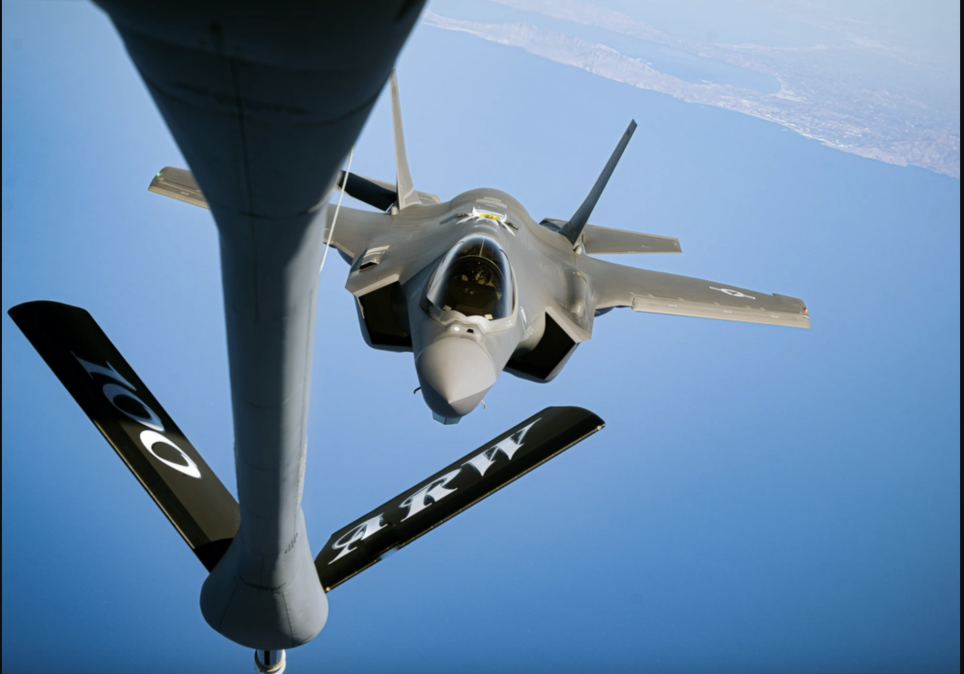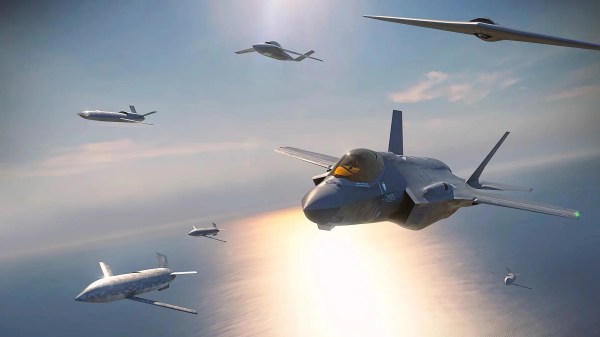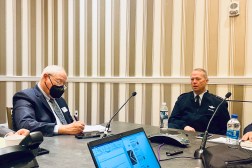Air Force considering ‘every option’ for sixth-gen tanker, AMC commander says

NATIONAL HARBOR, Md. — The Air Force is assessing the full range of possibilities for what it wants its sixth-generation tanker aircraft to look like as it conducts yet another round of market research with industry.
The service has gone back and forth on its plans for the platform — known as the Next Generation Air-refueling System (NGAS) — since the program’s inception in 2023. The aircraft was originally envisioned as a low-observable, stealthy tanker that could refuel other aircraft in contested environments. But a combination of competing high-value programs and the health of the Air Force’s current tanker fleet have shrouded NGAS in uncertainty.
Gen. John Lamontagne, commander of Air Mobility Command, told reporters Monday that the service is still committed to moving forward with developing a sixth-generation tanker, adding that the officials are open to a range of possible airframe designs.
“Just about every option is on the table,” Lamontagne said during AFA’s Air, Space and Cyber conference.
The Air Force has released multiple requests for information (RFI) for the NGAS program, with each informing an analysis of alternatives for the initiative to help refine the platform’s airframe, mission systems and propulsion.
“That was really a wide look at how we would do air-refueling in the future, … looking at conventional tankers we know of today — something like a [KC-135 Stratotanker] or a [KC-46 Pegasus] as is — or something with a bunch of mission systems added to it, with defense systems, connectivity, intelligence and more,” Lamontagne said. Other options include “a business jet, a blended-wing body or a signature-managed tanker,” he added.
Whether or not the service should develop a bespoke stealthy sixth-gen tanker has been a key question since NGAS work began. The Air Force’s analysis also looked at achieving survivability with a systems-based approach — such as by adding electronic warfare capabilities to reduce signatures or pairing future tankers with armed manned and unmanned platforms like the Collaborative Combat Aircraft (CCA).
One possibility the service hasn’t fully considered is an autonomous platform akin to the Navy’s MQ-25 Stingray, a carrier-based unmanned aerial refueling platform that is slated to be fielded around 2027. While the Air Force hasn’t specifically looked at an unmanned tanker design for NGAS, Lamontagne said the Navy’s work demonstrates that the technology is there.
“I think we will go where the technology takes us,” he said. “I think there’s a lot of opportunity to do both, and it’s already happening with the Navy.”
Cost has been another factor influencing the Air Force’s NGAS plans, as the service has other big-ticket programs like the F-47 sixth-generation fighter jet and the B-21 Raider stealth bomber under development.
In August, the Air Force published another RFI to industry intended to help the service better understand the specific cost estimates of the NGAS airframe. Lamontagne said that because previous engagements cast such a wide net of options, the service’s analysis yielded rough estimates on how much a signature-managed platform would cost.
“This is really, at its simplest, an attempt to refine those costs, go back to industry and figure out what’s in the realm of the possible at the right level of signature management if we go down that road,” he said.
Responses to the new RFI are due Oct 24, after which the Air Force will continue to refine what it can do in the near term to ensure its current tanker fleet remains healthy, as well as what its strategy for the long term will be, Lamontagne said.






